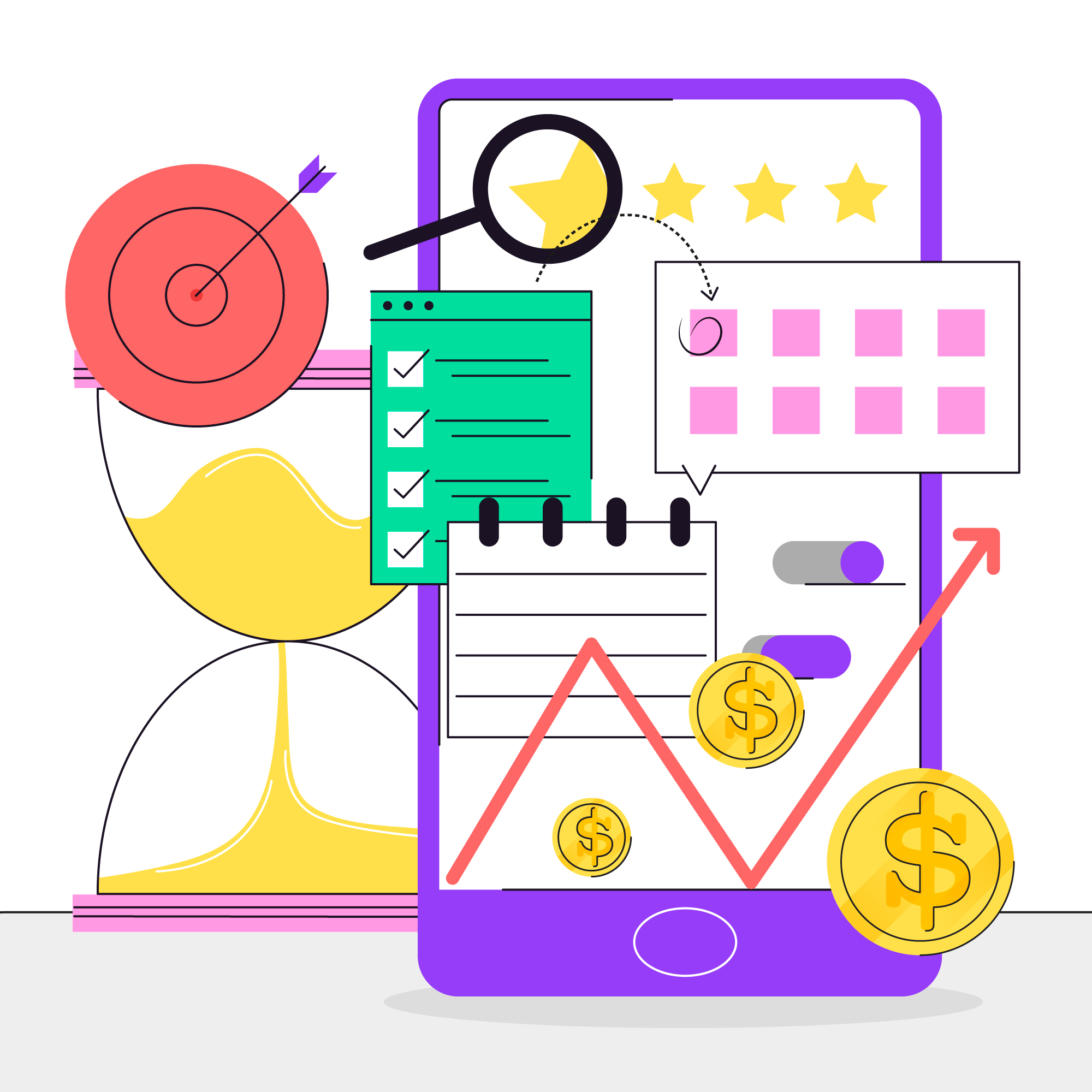Marketing can feel like an expensive game, especially for small businesses and startups. But the truth is, you don’t need a massive budget to see impressive results. With the right digital strategies, you can maximize every dollar and achieve high-impact marketing without breaking the bank.
The key is efficiency—focusing on high-ROI tactics, leveraging data-driven insights, and using free or low-cost tools that provide real results. Whether you’re an entrepreneur, a small business owner, or a marketing professional looking to optimize resources, this guide will show you how to stretch your marketing budget while still achieving growth and engagement.
1. Leverage Content Marketing for Long-Term Gains
Content marketing is one of the most cost-effective ways to attract and retain customers. Instead of constantly paying for ads, you can create valuable content that brings in traffic organically over time.
Tips to Maximize Content Marketing:
- Start a Blog: Writing SEO-optimized blog posts can drive organic traffic to your website. According to HubSpot, companies that blog get 55% more website visitors.
- Repurpose Content: Turn a blog post into social media snippets, an infographic, or a short video.
- Guest Blogging: Writing for reputable industry sites can expand your reach and build credibility.
- User-Generated Content: Encourage customers to share their experiences with your brand, which you can then showcase.
2. Harness the Power of Social Media
Social media platforms offer incredible exposure without hefty ad costs—if you use them strategically.
Cost-Effective Social Media Strategies:
- Use Organic Engagement: Engage with your audience through comments, shares, and polls instead of relying solely on paid ads.
- Leverage Influencer Marketing: Micro-influencers (those with 1,000–50,000 followers) can provide high engagement at a fraction of the cost of celebrity influencers.
- Run Giveaways: Contests encourage shares and engagement while costing little in actual investment.
- Automate Posting: Free tools like Buffer and Hootsuite help you maintain consistency without spending hours manually posting.
3. Optimize for SEO to Reduce Paid Ad Dependence
Search engine optimization (SEO) ensures that potential customers find your business without the need for ongoing ad spend.
How to Improve SEO on a Budget:
- Keyword Research: Use free tools like Google Keyword Planner or Ubersuggest to identify relevant keywords.
- On-Page Optimization: Optimize titles, headers, and meta descriptions to improve rankings.
- Local SEO: If you have a physical business, claim your Google My Business listing to appear in local searches.
- Backlink Building: Get other reputable websites to link to your content for improved domain authority.
4. Utilize Email Marketing for High ROI
Email marketing remains one of the most effective marketing channels, boasting an ROI of $42 for every $1 spent (Litmus, 2021).
Budget-Friendly Email Tactics:
- Segment Your List: Send targeted emails based on user behavior for better engagement.
- Use Free Email Marketing Tools: Platforms like Mailchimp and Brevo (formerly Sendinblue) offer free plans for small lists.
- Automate Follow-Ups: Set up welcome sequences and abandoned cart reminders to increase conversions without additional effort.
5. Invest in Retargeting Ads for Maximum Efficiency
Rather than running broad ads, focus on retargeting visitors who have already shown interest in your brand.
How Retargeting Saves Money:
- Higher Conversion Rates: Retargeted customers are 70% more likely to convert than new visitors.
- Lower Ad Costs: These campaigns have higher ROI since they focus on warm leads.
- Best Tools: Use Facebook Pixel or Google Ads remarketing to retarget users who visited your website.
6. Tap Into Free and Low-Cost Marketing Tools
There are plenty of tools available to help you execute marketing campaigns without hefty price tags.
Recommended Free or Low-Cost Tools:
- Graphic Design: Canva (Free & Pro versions)
- SEO & Keyword Research: Google Keyword Planner, Ubersuggest
- Social Media Scheduling: Buffer, Hootsuite
- Email Marketing: Mailchimp, Brevo
- Website Analytics: Google Analytics
7. Focus on Customer Retention Over Acquisition
Getting a new customer is five times more expensive than keeping an old one. Keeping customers engaged and loyal is a cost-effective way to sustain growth.
Strategies to Boost Customer Retention:
- Personalized Offers: Use purchase history to send tailored promotions.
- Loyalty Programs: Offer rewards for repeat purchases.
- Exceptional Customer Service: Happy customers are more likely to recommend your brand.
8. Track and Optimize Your Performance
To make the most of your budget, regularly track what’s working and refine your strategy accordingly.
Key Metrics to Monitor:
- Website Traffic: Google Analytics helps track sources and user behavior.
- Conversion Rates: Identify what’s driving the most sales.
- Engagement Rates: Understand what type of content resonates most with your audience.
Conclusion: Make Every Marketing Dollar Count
Maximizing your marketing budget doesn’t mean cutting corners—it means being smarter about where and how you invest your resources. By leveraging content marketing, social media, SEO, email campaigns, and retargeting ads while using free or low-cost tools, you can drive real results without overspending.
Start by implementing one or two of these strategies today and track your progress. The key to success lies in consistent optimization and creative thinking.


Leave a Reply